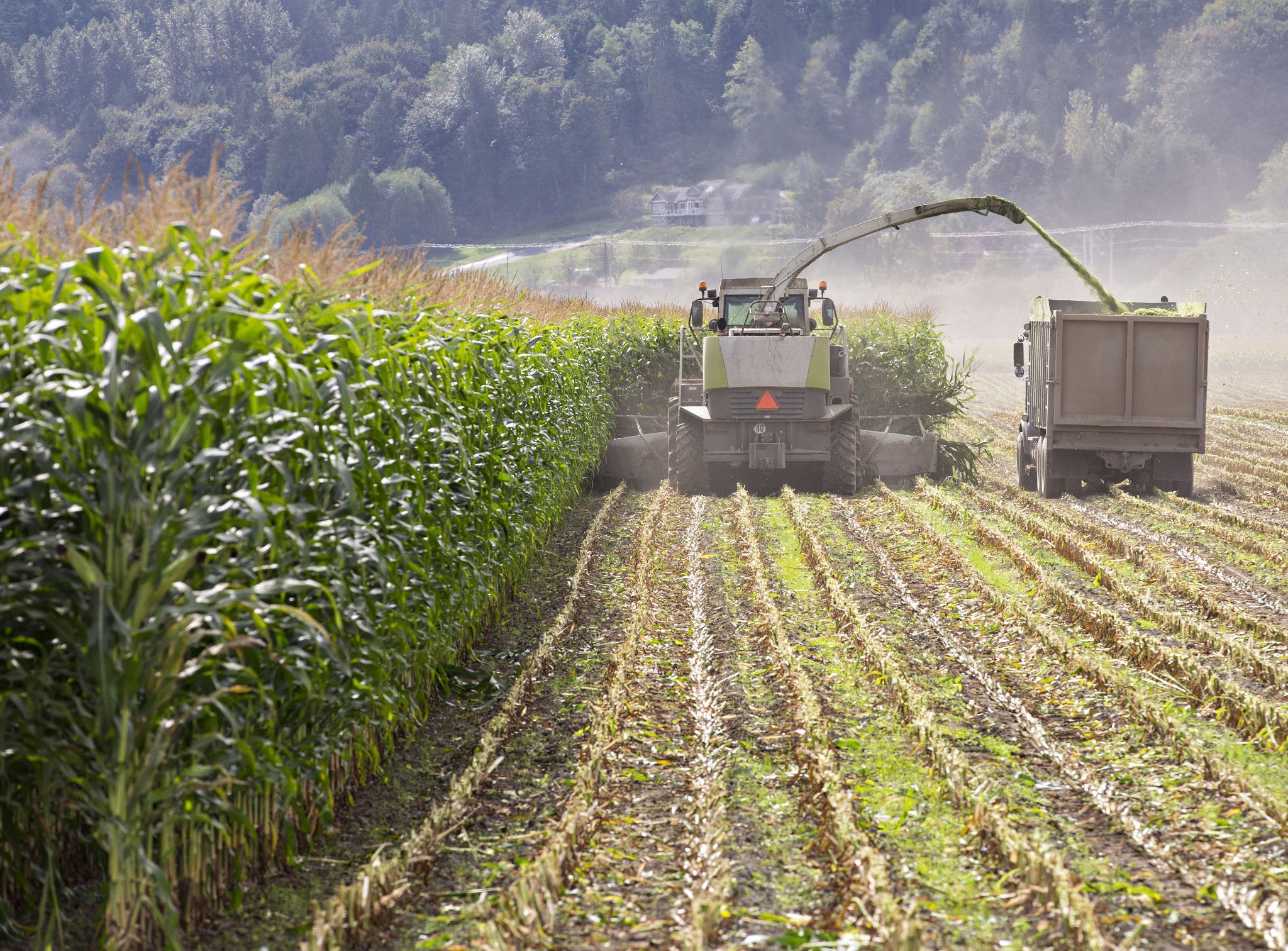Second, when processing, shorten the length of cut. This will help with digestion later but also helps with packing. Better packing results in less air in the silage and helps speed fermentation. Also, consider storing frost-damaged silage in structures where packing is easier. For example, plastic bags and upright silos allow for nearly complete removal of oxygen in the silage mass. If your only option is a bunker or drive-over pile, be sure you have enough packing tractor weight. The rule-of-thumb for tractor weight is 800 pounds of packing tractor for each ton of silage delivered per hour. As an example, if you fill at the rate of 100 tons per hour you will need 80,000 pounds or 40 tons of packing tractor.
Finally, consider switching from an inoculant to a buffered organic acid like Silage SAVOR® Dry or Silage SAVOR® Plus Liquid. Inoculants work most efficiently to drop silage pH when the moisture range is ideal. With frost-damaged corn silage, it is difficult to harvest in the ideal moisture window. Wet silage (moisture over 72% and dry matter less than 28%) favors Clostridia fermentation, which produces a fishy, rancid odor from butyric acid. On the other extreme, dry silage does not pack well, and oxygen-loving mold and wild yeast can proliferate. Silage SAVOR Dry and Silage SAVOR Plus Liquid both contain a blend of multiple organic acid which help to control mold, wild yeast and certain bacterial strains. Silage SAVOR Dry or Silage SAVOR Plus Liquid, when applied to less-than-ideal silage, can help reduce non-beneficial organisms while increasing ideal fermentation.
Frost-damaged corn is salvageable. With proper management and careful planning, corn silage harvested after the first frost can still be an excellent feed for your cattle.

